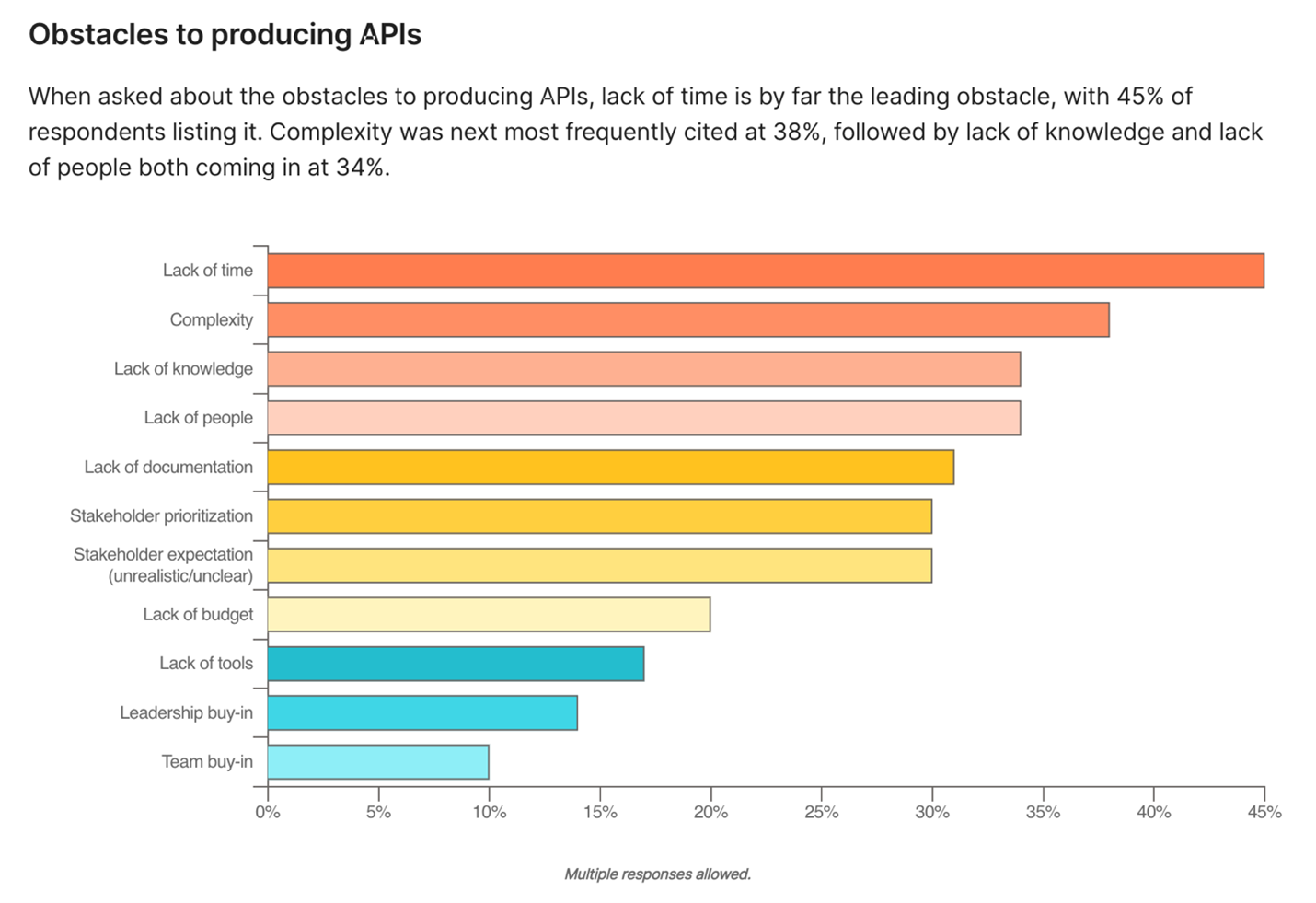Insurance systems can be mind-bending.
Those of us who work in IT or develop insurance systems have a lot in common with science fiction writers. We are always looking to envision and accomplish what has not yet been done. We look at systems that are highly complex and we propose ways to make them simpler. Once we reach some of our “impossible” goals, we strive for the next step and we push the outer boundaries of technology to achieve what our companies, clients or customers need.
When it comes to APIs, however, there is something a bit different going on.
Recently, APIs have been touted as the “building blocks of future applications.”[i] Majesco has a front-row seat in this conversation, and we have first-hand knowledge of how APIs and the future fit together. But the idea that APIs are the building blocks of future systems can detract from what we are actually finding: APIs are like adding the future framework to today’s systems right now. When viewed properly, APIs are a bit like traveling through time and seeing the future, with the ability to use future tools in the here and now.
Why should insurers want to discuss APIs any more than they already have?
Insurers are grappling with their roles. How should they expand their roles to meet new needs and improve experiences? Do APIs have a part to play in improving what insurers already do? The answer, of course, is yes. Majesco’s Strategic Priorities Research and our Majesco CloudInsurer® environments have proven that APIs are crucial to digital enablement. Let’s look closely at what APIs can do for systems and companies, then let’s consider why insurance should lead the way in API platform development and use. First, it will help to answer, “What do APIs do for organizations?”
APIs are the ultimate “value multiplier.”
Anything an insurer does now, they may do again in a similar way. When it comes to systems, that means creating nearly the same code, twice, or three times, or a hundred times. APIs, however, allow for reuse. They avoid the necessity of rewriting the same code throughout multiple system connectivity pathways.
If you can reuse code by using APIs for connectivity, you aren’t just saving code, you’re saving time. You are able to increase the velocity with which you can implement any new or versioned product or process. The value you have in your initial idea and code is captured, harnessed and available with ease anywhere else. That’s what makes APIs the ultimate “value multipliers.”
APIs break down organizational silos.
If you have an effective API-centric program, you are naturally (and in an organized way) reducing siloed systems by decomposing them into smaller areas of concern. This is a concept which has become popular in the technology world with the term, “bounded context.” We set guardrails around context with smaller, more easily-digestible bits of application. This is far better than having to deal with a monolithic, siloed approach, where each system is its own behemoth of system complexity.
APIs foster a consistent user experience.
APIs are designed to deliver outcomes with customer experience in mind. There is a seamlessness to the purpose driven journey from start to finish at a business function level, versus at the level of technical operation. APIs are seamless and usable by design. The way APIs are built and used within a platform environment provides a consistent user experience. You currently only get this level of usability in an API-centric environment. For those who work with systems, APIs are a life-saver. Developers currently spend much of their time making software fit the experience that is needed. With APIs, however, the experience can be precisely what is needed the first time and every time.
Realizing that insurers needed a way to step into a cloud environment and gain experience with API gateways and platforms in the cloud, we designed Majesco CloudInsurer® with valuable insurer content, easy-to-connect data points, plug-and-play partner technologies and pre-built data management and analytic tools. All of this is available in a secure, Microsoft® Azure-powered environment.
APIs are the ultimate IT do-over.
Here is where we begin to bend the mind. Today’s API platforms can represent the future state of the enterprise — and be used right now — even if the current state isn’t quite where an insurer needs it to be.
Let’s say that your organization has determined that it is time for a system transformation. You are given two options on how to journey to the future. One is to uproot the architecture, do away with old systems, recreate them and then reinvent a whole new architecture. This may need to happen.
The other option is a sort of time warp. It allows your future state to exist in tandem with your current state. Your organization enjoys all the future benefits right now, even if your current state isn’t quite where you want it to be.
As an organization begins using APIs in a platform environment, they are working within the future state of enterprise IT. Your company may have dozens of legacy monolithic systems and yet you can now hide all those systems under a layer of APIs until they are (themselves) reconstructed as API-centric systems.
That is the ultimate IT do over. You receive the future benefits, while you improve the present. It is, by far, the easiest, fastest way to shift the organization to a feasible, valuable, sustainable model. Better yet, the idea is useful for insurers of any size/tier.
APIs can be a fast track to a new core system strategy.
Rebuild. Rehab. Reconstruct. These are common terms that insurers use as they grapple with the reality of transformation. The API approach is different. It is more like realignment, recertification, or revival of the core strategy. When you begin using APIs to transform, certain things become very apparent in the process. Waste sticks out like neon signs. Layers hidden over time become more transparent. Complexity begins to unravel and unfold. APIs allow you to re-evaluate core strategies to focus on all that improves performance and improves the organization. APIs help both developers and business users to question the validity of system layers that lie beneath the API platform layer.
Insurance: a special use case for APIs.
If insurers could go back in time instead of forward, there would be three things that they would address. These are insurance-endemic issues:
- High data volumes
- Complex data types
- Too many rules
The results of these three issues we might call data chaos. It is multiplied complexity. We see the stresses and strains of this complexity everywhere in the organization, from sales and marketing through claims. Instead of going back and trying to fix these issues within our current system constraints, insurers can now realign their core strategies under an API platform umbrella that erases the issues instead of trying to fix them.
High data volumes
If we compare industries, insurance has one of the highest levels of data volume, perhaps second only to banking. API cloud platforms are the solution to traffic and volume issues. For a greater elaboration on this, read our article on why APIs are better handled in the cloud.
Complex data types
Some insurance companies have been around for 100+ years, and most, if not all of them have grown through acquisition. From the start of data collection and use, insurers have been housing and dealing with heterogeneous data. Their homegrown systems have been expanding with connected data terrariums constructed as one-off originals. The original data architects understood that there would be growth, but not like this. Silos are the norm. Complex data is made more complex through its non-conformity.
APIs have the ability to break down these data silos. If APIs did nothing other than to break down insurance data silos, they would be worth it.
Too many rules
Compare insurance with many other industries and you have a strange uniqueness. Insurance is an industry where there is no unifying technology platform. There are multiple platforms which then have multiple software applications sitting on them. Each one of these caters to different facets of an insurance value chain, whether it is claims or policy administration, or underwriting or distribution management or brokerage. Insurance is the hub for hybrid platform precedents.
In order to build speed into these processes and systems, rules have to be introduced. We multiply the number of rules by the number of applications and systems and we can see how system architectures remain so complex.
As insurers begin to utilize API-centric systems, they are going to receive many of the benefits of a universal industry standard, including better access to IT talent, which we’ll discuss in a moment.
Too many hurdles
There is a fourth issue, but it is largely a mental one. Even though APIs represent a better way, they are still perceived as being difficult to construct and use. In a recent report by Postman, common IT constraints rise to the surface, such as lack of time, complexity, lack of knowledge, lack of people and lack of documentation, even though these may not actually be real issues at all. [See Fig. 1]
Figure 1
Insurers can jump these hurdles by utilizing an insurance API platform in the cloud. It reduces time and complexity because it is pre-constructed for insurance use. Launching APIs takes very little specialized knowledge and every step is fully documented. It is further proof that when it comes to APIs, perceptions no longer match reality. For a brief description of the API launch process, see our article, An Eye on the APIs: A Cloud Platform’s Role in API Documentation, Administration and Governance.
From start to finish, the logic behind API use is that it is the best blend of forward-thinking technology and current IT course correction. Is your organization ready for the kind of mind-bending innovation and technology that can catapult it forward? Would you like to learn more about how APIs represent the new building blocks of insurance systems? Contact us today to learn more about APIs and the Majesco’s Cloud platforms that will carry you into the future.
By Ravi Krishnan
[i] Kerner, Sean Michael, Why APIs are the Foundation of Modern Software Development, IT Pro Today, March 29, 2022





















 USAA to Lay Off 220 Employees
USAA to Lay Off 220 Employees  Allstate’s Safe Driving App Helps Reduce Chance of Collision by 25%
Allstate’s Safe Driving App Helps Reduce Chance of Collision by 25%  The Supreme Court Just Complicated Employer Diversity Initiatives
The Supreme Court Just Complicated Employer Diversity Initiatives  Progressive Gains as Drivers Shop Around for Auto Insurance—Again
Progressive Gains as Drivers Shop Around for Auto Insurance—Again 